In the business of fashion in the Pakistani landscape, not many can claim to have left a mark in the market and bringing in changes of epic proportions. Yet, those who do, are indeed the ones that create not only a niche for themselves but also pioneer what the field needs to look like in the country. One such example, is the much-coveted brand, Sana Safinaz.
An amalgamation of the ideas put forward by Sana Hashwani and Safinaz Muneer, the brand, which is now 27 years old, revolutionized the market time and again, and has been a constant pathbreaker in what couture and fast fashion means in Pakistan.
Also read: Pakistan’s top couturiers reveal how you can be the perfect summer bride!
Now, talking about that journey, and all that is set to change yet again in the time of economic austerity measures, Sana & Safinaz sit down with Diva in an exclusive tête-à-tête in their production facility in Karachi…
Twenty-seven years into the business, what does the future hold?
Safinaz: I think the future for us is always exciting. We’re always looking forward and trying to change our plans and predict what fashion is. There’s a lot of responsibility on our shoulders because we realize we’re also the founders of the current modern fashion in Pakistan and with that, comes a lot of responsibility. We kill ourselves to get the best collection out. We feel the heat because we also realize we have the power to bring change in the industry. If I say short-lengths are in, in a year, our house can bring that change. That shows you the power of the house of Sana Safinaz.
Sana: We’re continually reinventing – that’s how you have longevity for 27 years. You need to shake it up continuously. It’s an essential part of the Sana Safinaz process to keep thinking about having that sales quotient but also to shake up the market that changes things.
Speaking of change, what do you think are the current trends in the changing world of fashion which is all about digital print?
Safinaz: I think digital took everyone by storm in Pakistan a couple of years ago, but I do believe it’s waning out. That fashion, the over-digitized dupatta, Sana and I are both sick of that. We’re trying to change that digital trend with the new collections we’re coming out with, we’re trying to stay away from the overprints and bring in more negative space.
Sana: At the Sana Safinaz house, it’s a big range, so we keep thinking about change. We have to go all the way from bridals to fast fashion, where we have have to produce 450 designs in a season, whereas in bridals you have to create 40 in a year. So, throughout the year, concepts keep changing, and we have to wear many hats. Having said that, in the digital era, thought processes have wholly changed fashion as well, and we’ve all had to adapt, and Mohsin [Ali Tawassuli] has really helped adapt us to that, and we’ve very much at the top of it.
Apart from the digital print era, it has also turned into a time of economic loss for the country. How does Sana Safinaz plan to get through this time and what actions have been taken?
Sana: We’ve grappled with it currently. The economic instability is tremendous; I think all brands across the country are going through the downturn. When it’s a bull market, you don’t have to be great predictors; everything is going up. However, when it’s a bear market, the decisions you take are highly essential, and they can make or break your business. So, that also makes us stand out as leaders in thought process because we’re addressing this. We won’t go stretching ourselves further.
Safinaz: I think, when something like this hits the country, you have to realize it’s not only your brand which this is affecting. It affects every single household. So, the challenge of running a brand and being entrepreneurs is to understand where your shortcomings are, and one needs to downsize and consolidate. If you continue on that rapid expanse and there’s no one to buy, then you’re a stupid businessman!
 So, then have you seen that dip yet?
So, then have you seen that dip yet?
Sana: Not yet, but it’s just the beginning. It will come. The housewife and all are not understanding the situation right now, the husband probably is. In six months, everyone’s going to be affected.
Safinaz: No, but that’s because all your rules and regulations had just started one or two months ago. You’re going to see the effects of it in six months when you’re going to see the reality of the situation hits you. One has to realize it’s going to take a lot of thought-processes to survive this; it’s not going to be a random plan; there will have to be a lot of strategizing. In the end, the business must go on, and we can’t stagnate.
Speaking of business and investment, summer bridal season is here, how do you see the market affect that trend?
Safinaz: I deal exceptionally closely with the clients, so there’s a lot of direct feedback. One of the nicer things in this economy is the amalgamation of the Shaadi and the Valima. You can tell the expense of the wedding immediately has hit everybody. Those days five years where you were spending upwards of 25 to 30 Lakh rupees on a Jora are gone. Events are becoming less ostentatious, and by and large, we see a lot of combined events, Joras are not that expensive, machine embroidery is the new big thing in bridals.
Sana: I think ostentation is now going to be looked down upon, with Imran Khan running the country, who shows that he can take a commercial flight and can tone lives down. He’s saying we’re living in a third-world country and trying to live a life on Instagram of a millionaire –we can’t! So, fashion is going to be similar; economics predict fashion.
 Do you then consider this a watering down of fashion ideals?
Do you then consider this a watering down of fashion ideals?
Sana: Price is going to be a critical factor in every element of business today. We’ve gone from 9 per cent GST to about 17 per cent GST, so the costs for everything has gone up. One has to find innovative processes to still making it work. One has to become a smart designer.
Safinaz: See, for us it isn’t fashion per se as style, because the Pakistani woman still wears the Shalwar-Kurta and you can only turn it in so many different ways. So, in Pakistan, the only significant factor is going to be the selling price, and our budgets are going to get tighter. Our job is how to facilitate the client, to still prefer you, and always give her a bang for her buck. Either you can cry or make it work.
 Coming back to collections and fashion week displays, how have you managed to do everything this year?
Coming back to collections and fashion week displays, how have you managed to do everything this year?
Safinaz: We did three shows back-to-back, 13 collections overall this year, a proper bridal exhibit, and a ready-to-wear this year, but because we have a great team, we’re able to do that. We’re also going to be coming out with a new cambric collection soon, so there’s a lot that’s going on. There are Muzlin and shawl collections to watch out for too!
Sana: We’ve got a great extensive team, and that has helped us out to do it all.
Because the brand is doing so much, do you see others trying to imitate or create copycat versions of your work?
Safinaz: Either you shut shop, or you say it doesn’t matter and keep on thinking about something new and innovative. There’s no legal action taken against anyone here anyway because laws are such. For example, if one modifies one motif, I can’t catch you. Similarly, if you change your name to, let’s say, Sana & Saima, or Sana Safina, it’s alright. So, all our prints are patented, yet, if one is to change one motif, they can copy the print.
Sana: See, it’s fast-fashion, and we deal with it. These are the boulders that will come in between, and one has to navigate across.
 This conversation took turns going into sombre economics and surviving fashion during that time – any parting words on that?
This conversation took turns going into sombre economics and surviving fashion during that time – any parting words on that?
Sana: Everyone wants this economy to go forward, so with everything being documented, businesses like ours will strive. The deal is that this is not sombre, this is the pain like that of childbirth, and something amazing will come out of this.
Safinaz: I am a big patriot, so if things change for the better, we’ll be the happiest to comply. If I have to go through pain for a few more years to have it better, then I am willing to do that. We have to live and die here, where else will we go?
Have anything to add to this story? Tell us in the comment section below.

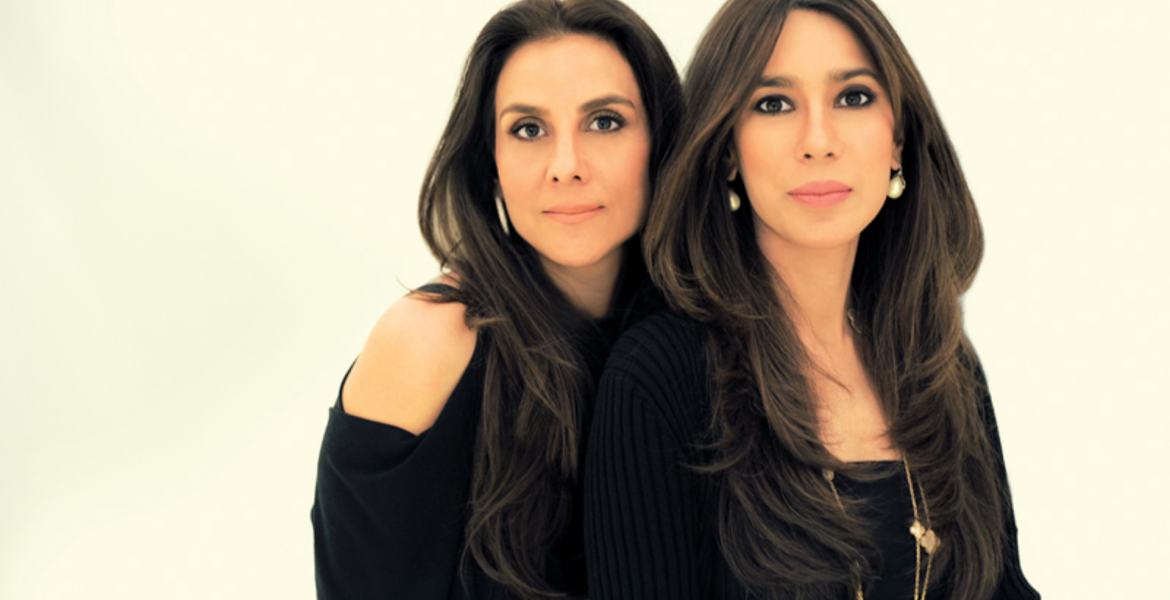
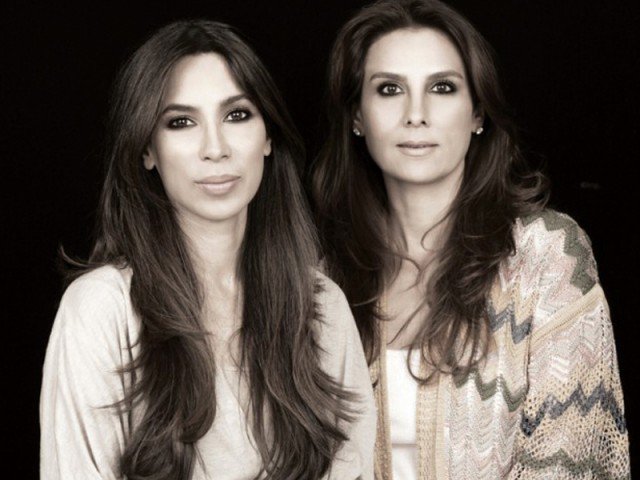

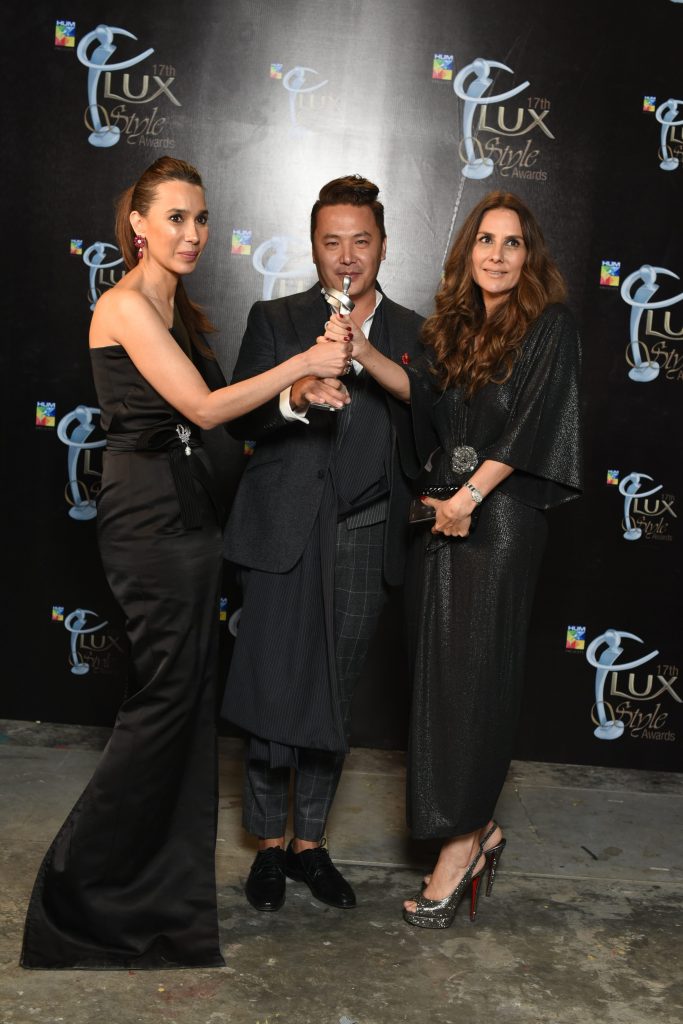
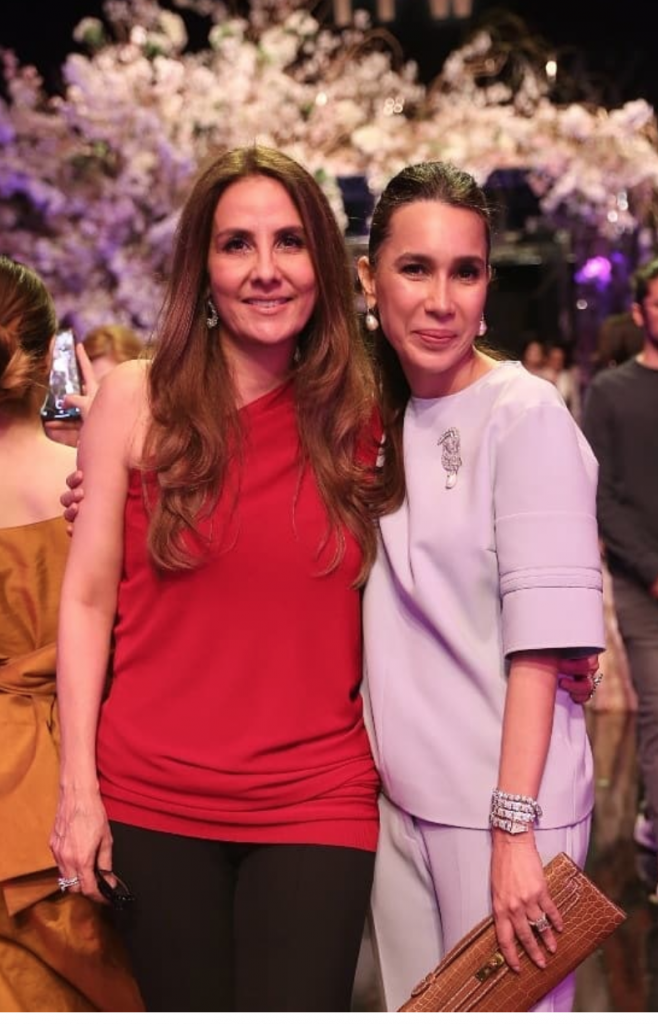 So, then have you seen that dip yet?
So, then have you seen that dip yet?
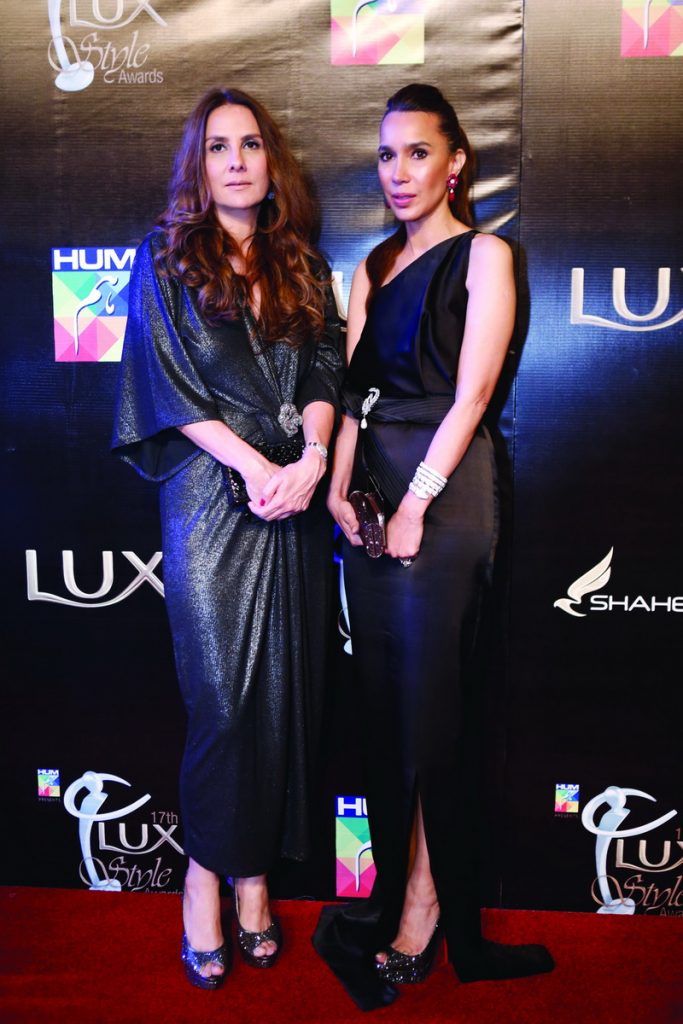 Do you then consider this a watering down of fashion ideals?
Do you then consider this a watering down of fashion ideals?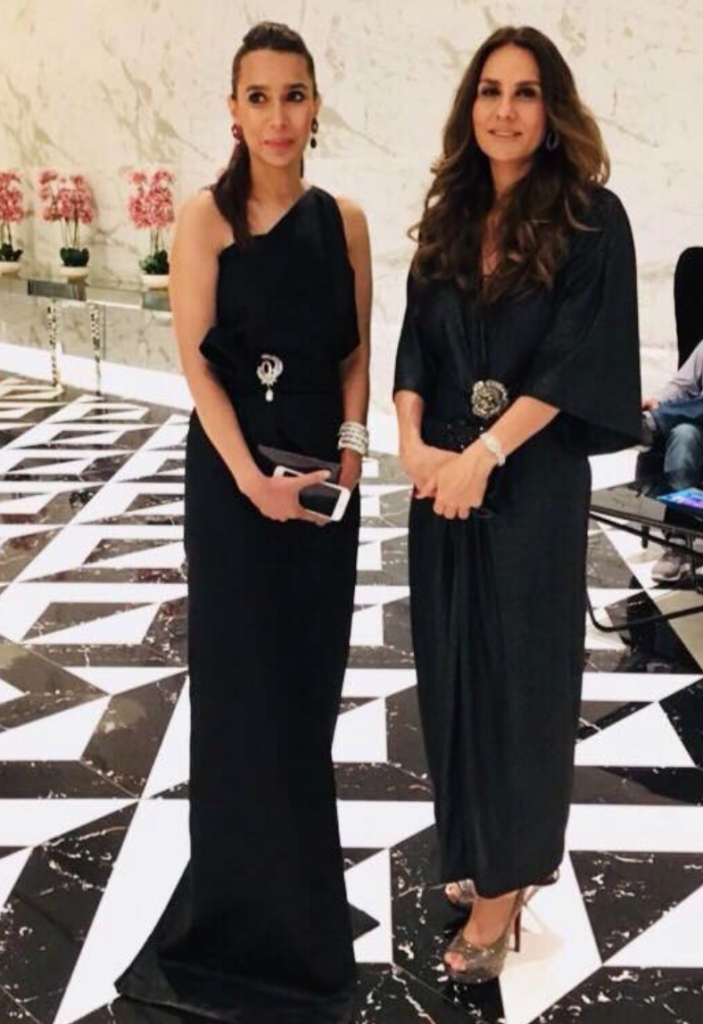 Coming back to collections and fashion week displays, how have you managed to do everything this year?
Coming back to collections and fashion week displays, how have you managed to do everything this year?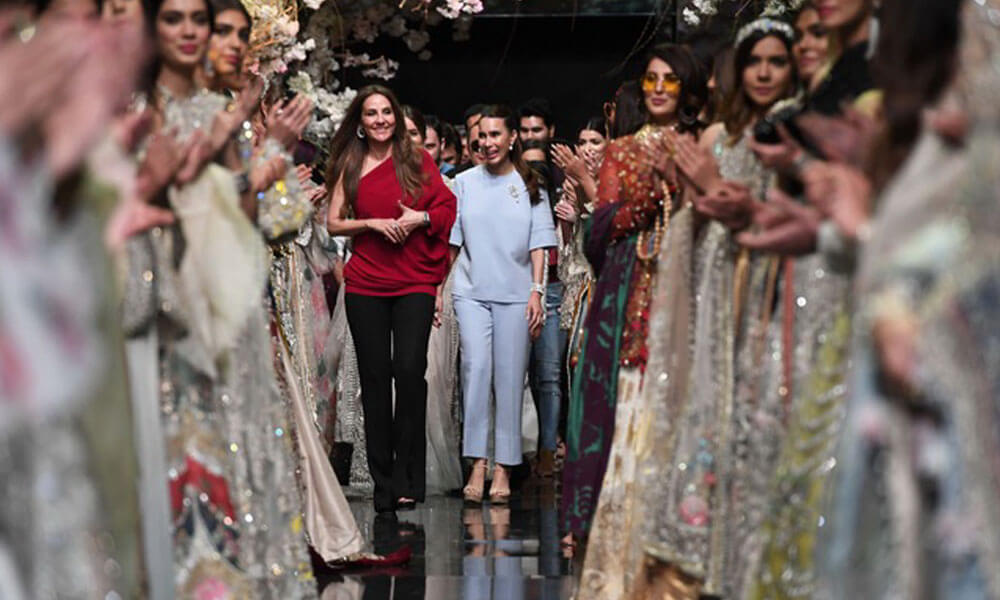
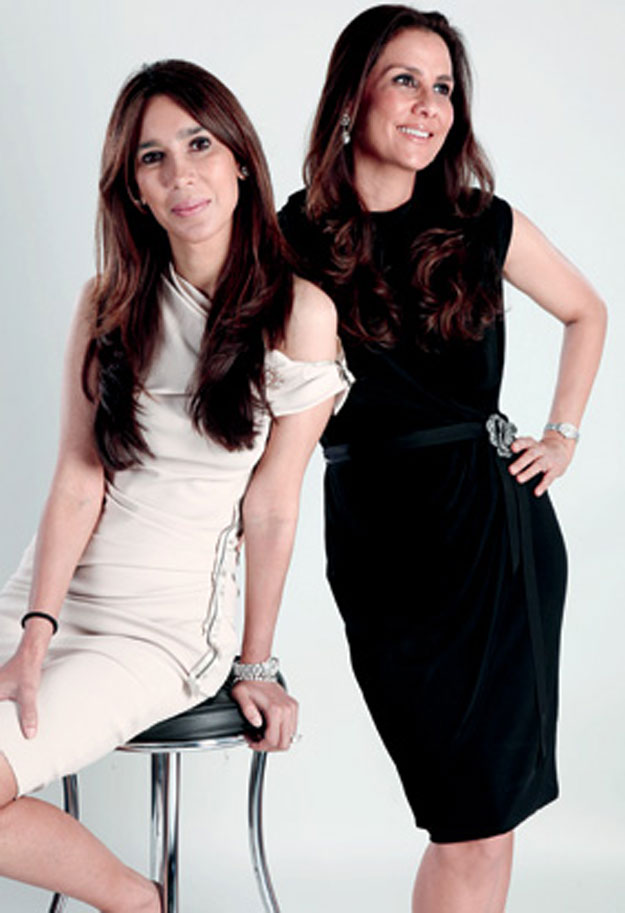 This conversation took turns going into sombre economics and surviving fashion during that time – any parting words on that?
This conversation took turns going into sombre economics and surviving fashion during that time – any parting words on that?



